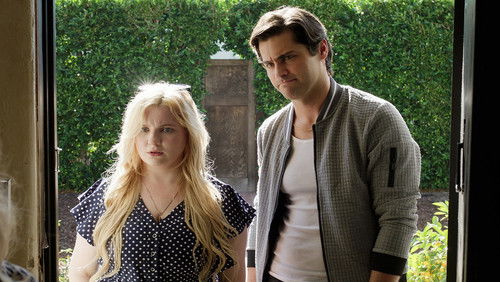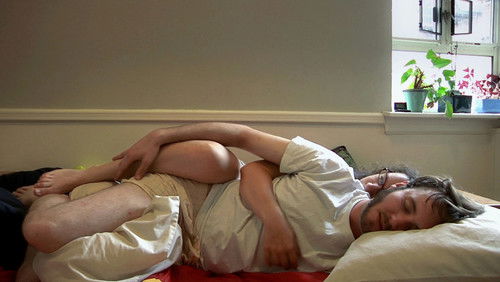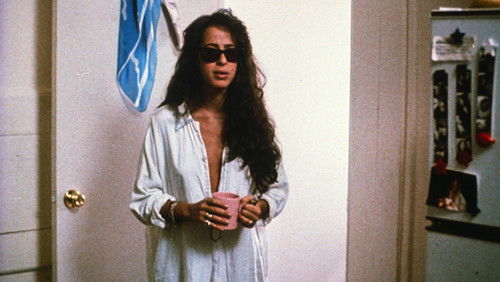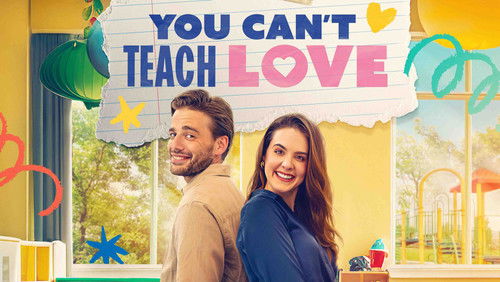Kid Millions (1934)
53KKid Millions: Directed by Roy Del Ruth, Willy Pogany. With Eddie Cantor, Ann Sothern, Ethel Merman, George Murphy. A musical comedy about a Brooklyn boy (Eddie Cantor) who inherits a fortune from his archaeologist father, but has to go to Egypt to claim it.
“u0026quot;Kid Millionsu0026quot; is a vaudeville program put on film, with a very thin plot to tie the several pieces together. Some other reviewers see the obvious vaudeville look and feel. The comedy is straight off the vaudeville circuit, ala Eddie Cantor. Except for seeing such examples for an historical perspective, I doubt that many audiences these decades later would get many laughs out of this. While audiences of the day did enjoy the film (perhaps somewhat with nostalgia, but more likely for the music and dance), vaudeville had been on the decline since the late 1920s, and with the advent of sound pictures its demise was fast approaching. Indeed, this 1934 film might be thought of as the death knell or swan song of vaudeville in America. The last vaudeville show on Broadway ended in May 1932.u003cbr/u003eu003cbr/u003eThe music and dance numbers in this film are the only reason for my five stars. A couple of choreographed scenes are quite good. The Nicholas Brothers perform a very good but short dance number. Ann Sothern and George Murphy have a couple of nice duets, and a bigger cast does a nice song and dance scenario to the song, u0026quot;Mandy.u0026quot; The film had tunes from a number of American song writers, but none of the more memorable ones of their creators. The singing and productions were mostly routine. Eddie Cantor and Ethel Merman sing some songs, but nothing noteworthy. I donu0026#39;t think Merman fit the part of Dot Clark very well. That was a role that Patsy Kelly was adept at. Eva Sully is the actress who played the buffoonish Princess Fanya, a type of character that would be done perfectly to many laughs by Gracie Allen. Sully hardly had any film career – making just three movies.u003cbr/u003eu003cbr/u003eAs to other aspects of vaudeville, the film has some acrobatics in a couple of dance scenarios; a trained dog is in the picture; there are clowns galore — from Eddieu0026#39;s brothers in the opening, to the Sheiku0026#39;s thugs toward the end. Then, there are the goofy scenes that look more like separate skits that without the thin plot line could stand alone as such.u003cbr/u003eu003cbr/u003eSome movie buffs appreciate the earliest forms of films for their historical significance, and I am one of those. But I donu0026#39;t find all things of the earliest films that funny today. I still laugh at the Keystone Kops, Charlie Chaplain, Buster Keaton and Harold Lloyd. The slapstick comedy and humor of the Three Stooges, Laurel and Hard and Abbott and Costello still brings smiles and chuckles to me – if not the considerable laughter they did in the mid-20th century. The pranks of the Marx Brothers are still very funny, and I think thatu0026#39;s because they are laced with very funny dialog – sometimes silly but more often witty and cleverly funny. But, for the life of me, I canu0026#39;t even seem to get a chuckle out of the humor that is – or was, vaudeville. I understand that some movie buffs still find it funny, but I doubt there have been many such people in the audiences since the mid- to late-20th century.u003cbr/u003eu003cbr/u003eIt seems to me that humor, just as so many other aspects of life, changes over time. And, itu0026#39;s likely affected most by the culture one lives in. Before the telephone, radio and TV, people often got a good laugh from simple jokes or anecdotes in books or newspapers. With the advent of theater, cultures around the world had another form of entertainment where people could congregate and laugh at performances. Vaudevilleu0026#39;s roots are in variety stage shows of the early 19th century that grew into the specific genre in the last half of the century and flourished in Europe and the Americas until the late 1920s. With the advent of radio and moving pictures, the milieu for comedy and entertainment was greatly expanded. The changing times saw more talent, imagination, creativity and competition in comedy. And, as the educational level of the populace increased so did societyu0026#39;s yen for a better caliber of quality humor.u003cbr/u003eu003cbr/u003eNor can this film begin to compare with the many great musicals being made at that time in Hollywood. Three of them are on the American Film Instituteu0026#39;s 2006 list of Greatest Movie Musicals – u0026quot;42nd Streetu0026quot; of 1933 is number 13, u0026quot;Top Hatu0026quot; of 1935 is number 15, and u0026quot;Show Boatu0026quot; of 1936 is 24. Hereu0026#39;s a short list of some other great musicals of the period. Besides u0026quot;42nd Street,u0026quot; 1933 also had u0026quot;Gold Diggers of 1933u0026quot; with Warren William and Joan Blondell, u0026quot;Footlight Paradeu0026quot; with James Cagney and Blondell, and u0026quot;Dancing Ladyu0026quot; with Clark Gable and Joan Crawford. And besides u0026quot;Top Hat,u0026quot; 1934 had another smash hit with Fred Astaire and Ginger Rogers – u0026quot;The Gay Divorcee.u0026quot; Another hit musical that year was u0026quot;Fashions of 1934u0026quot; with William Powell and Bette Davis. 1935 had u0026quot;Robertau0026quot; with Irene Dunne, Astaire and Rogers. In 1936, Astaire and Rogers starred in u0026quot;Swing Time,u0026quot; and u0026quot;Broadway Melodyu0026quot; starred Jack Benny, Eleanor Powell and Robert Taylor.u003cbr/u003eu003cbr/u003eAs for comedies, the 1930s were the start of Hollywoodu0026#39;s golden era, and every year dozens of comedies were made. Indeed, 1934 was the year that a comedy, u0026quot;It Happened One Nightu0026quot; set a record as the first movie to sweep the top four Oscars of the Academy Awards – Best Picture, director, actor and actress. There were many great comedies made in the 1930s, and many more very good ones. u0026quot;Kid Millionsu0026quot; was not among those.u003cbr/u003eu003cbr/u003eSo, I hope this different perspective on u0026quot;Kid Millionsu0026quot; will help movie buffs who havenu0026#39;t seen this picture decide if they might like it and if itu0026#39;s worth plunking down money to watch or buy. Or at least to not have high expectations about the caliber of the comedy.”









